Argentina’s ranchers, cattle traders and gauchos, iconic figures in a country where grilling beef has long been a sacred ritual, are getting kicked out of Buenos Aires.
In late December, the Mercado de Liniers, a sprawling open-air cattle market built in 1901, is slated to hold its final auction in front of what is certain to be a teary-eyed crowd. A brand-new facility, erected on the windswept pampas southwest of the city, will replace it, marking the end of an era. “It’s all very emotional,” says Ismael Frechero, a livestock buyer who’s been roaming the corrals at Liniers for five decades.
In fairness, the market’s time in the city was up.
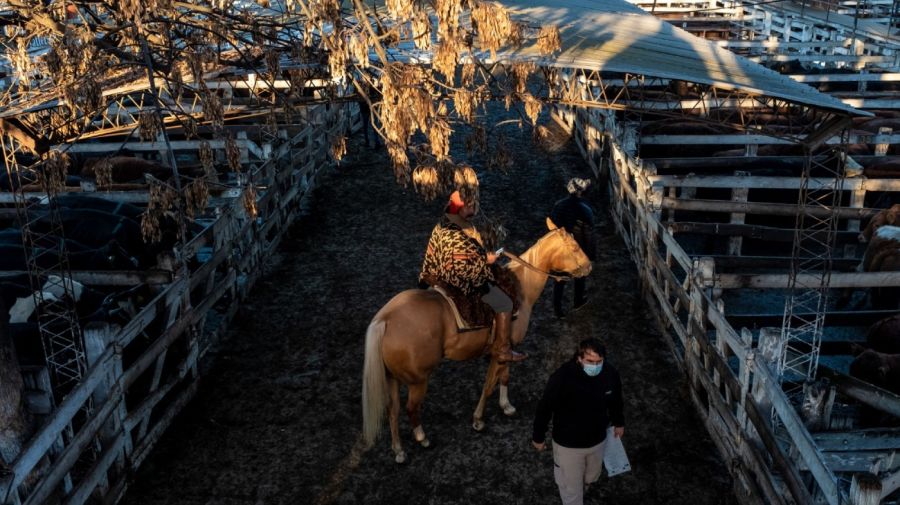
Between the massive compost heaps and the harrowing incidents triggered by cattle-hauling trucks weaving through narrow streets, tensions with city dwellers have been mounting. They came to a boil one recent evening, when a hungry mob forced a driver to let out a cow and proceeded to slaughter it right there on the street.
“We’ve ended up in a place that we’re not supposed to be,” says Pablo Blasco, a 45-year-old cattle broker.
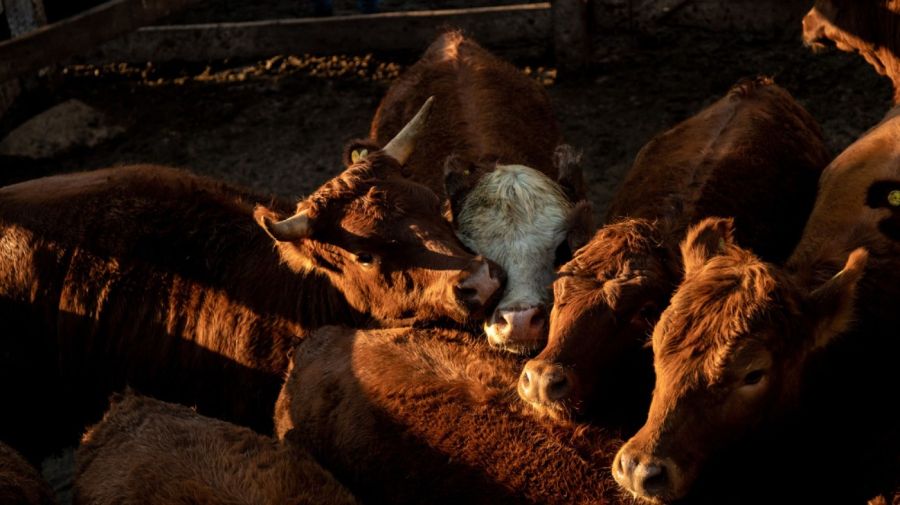
Liniers was never actually supposed to be in Buenos Aires. At the time of construction, it was well outside city limits. But urban sprawl soon engulfed it.
Calls to close it down first arose in the 1990s, kicking off a slow and winding process marred by one setback after another.

Officials running the market are hopeful that the move to the town of Cañuelas will help jump-start business. Many ranchers have begun cutting deals directly with slaughterhouses to avoid paying the exorbitant fees required to send their cattle all the way into the city. Still, even today, Liniers is the dominant cattle market in a country that, despite recent declines, remains both a top consumer and exporter of beef. Some 8,000 cows go through its auction ring on a typical day.
The new facility, a gleaming monument of modern-day ranching built at a cost of US$20 million, feels a world apart from the old one.

At Liniers, the cattle pens were hewed from timber and the floors made of dirt; at Cañuelas, it’s all steel and brick. At Liniers, transactions were scribbled down on pen and paper; at Cañuelas, they’ll be documented digitally. There are even new safety guidelines at Cañuelas for the traders and gauchos on horseback: Out are the traditional cotton boina hats and soft alpargata slip-on shoes; helmets and heavy-duty boots are strongly encouraged instead.
Frechero, 70, is steeling himself for the move. “Just imagine it: People have come as boys, done military service, returned to the market, got married while working here and had families.” But, he says, “we have to adapt.”
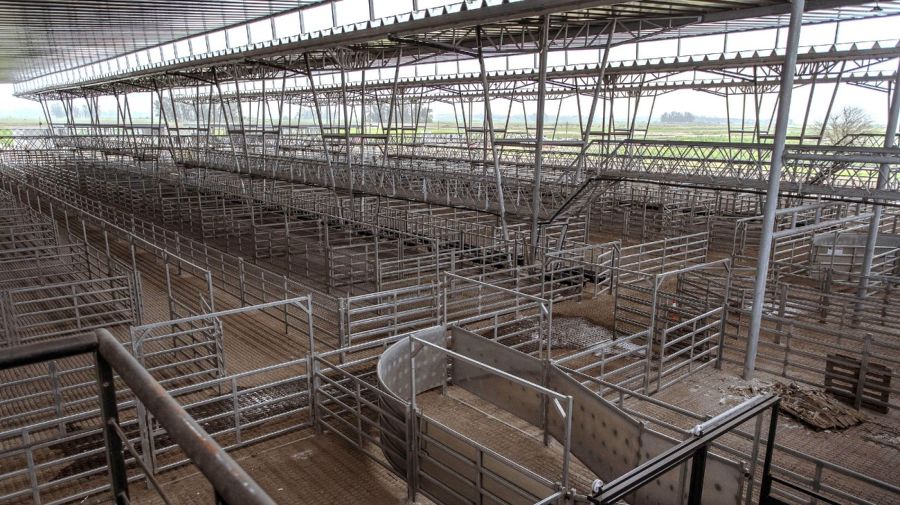
by Jonathan Gilbert, Bloomberg



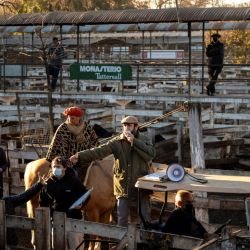


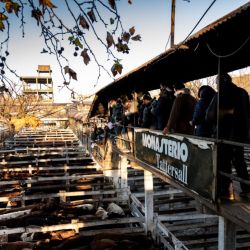

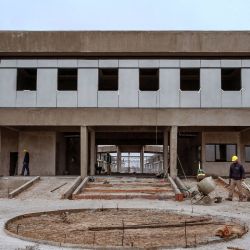





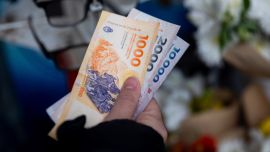
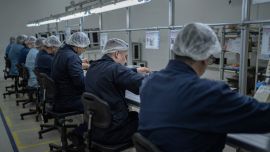



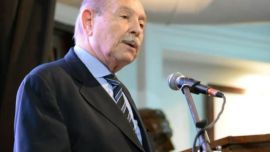




Comments